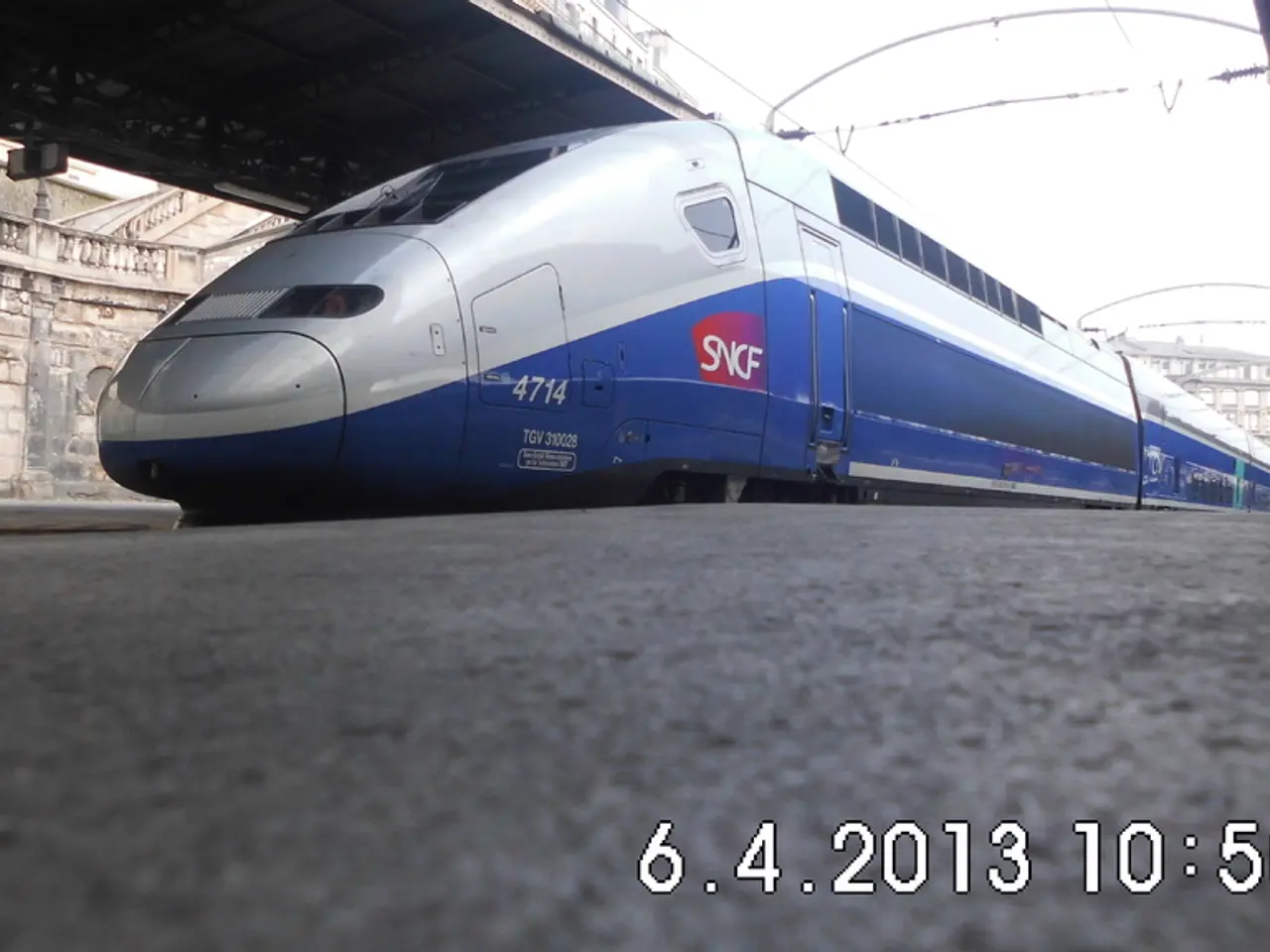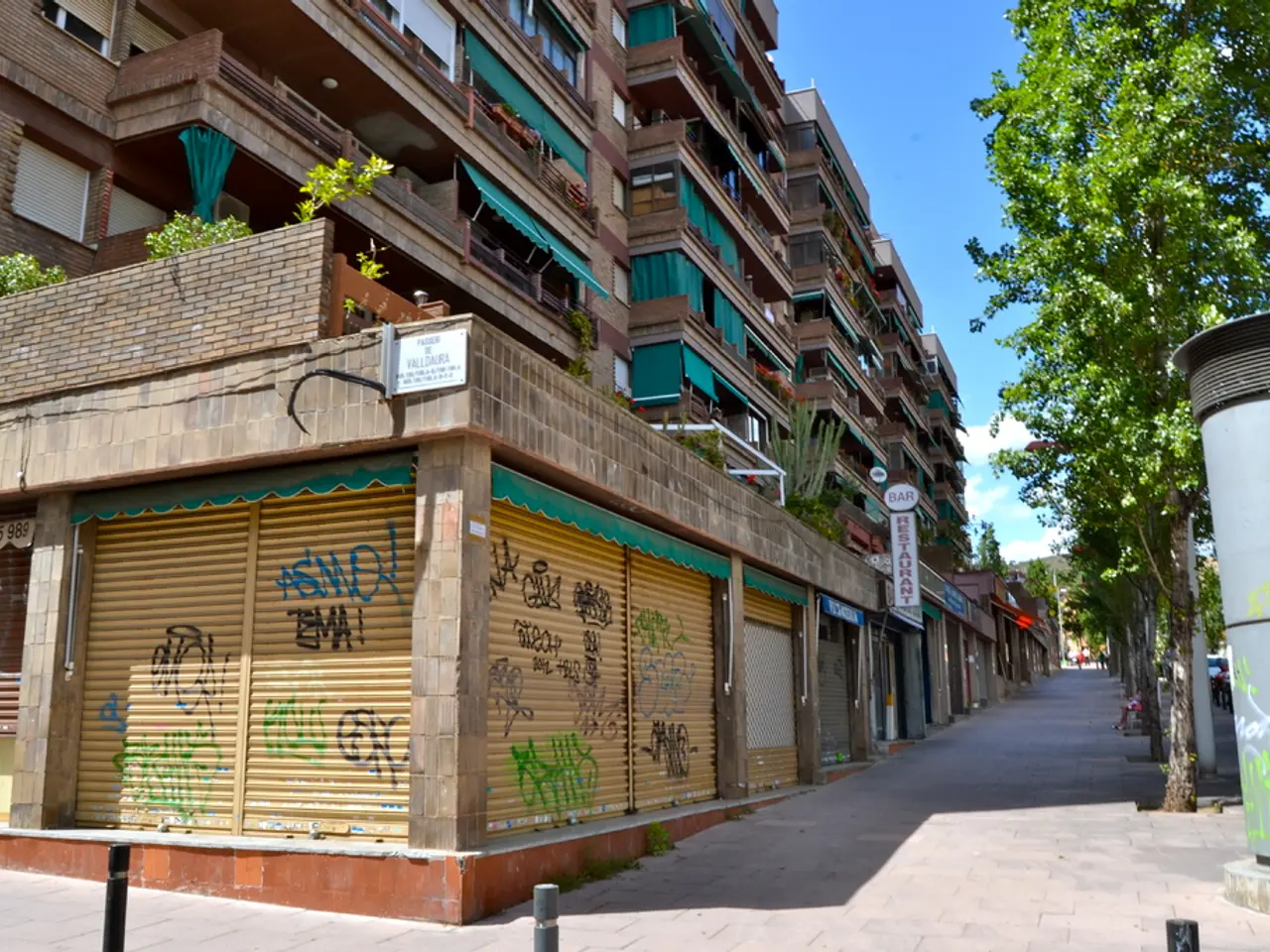Mohammed bin Rashid Traveled with Etihad Rail for the Dubai-Fujairah Journey in Preparation for the 2026 Passenger Service Initiation
The United Arab Emirates (UAE) is set to take a significant step towards its goals of sustainable mobility and net-zero emissions by 2050 with the upcoming launch of the Etihad Rail passenger network. This extensive railway project, which aligns with the UAE's broader initiatives, promises a safe, efficient, and high-quality travel experience.
Slated for launch in 2026, the Etihad Rail network will connect 11 cities across all seven emirates, including key urban centres such as Abu Dhabi, Dubai, Sharjah, and Fujairah. The network, spanning approximately 900 to 1,200 kilometers, is designed to integrate fully with local public transport systems like metro, buses, and taxis using a unified Nol card for seamless travel.
Key features of the Etihad Rail passenger network include connecting cities like Abu Dhabi, Dubai, Sharjah, and Fujairah, among others, with trains operating at speeds up to 200 km/h. This will significantly reduce travel times, with Dubai to Abu Dhabi expected to take less than 60 minutes, Abu Dhabi to Fujairah around 105 to 100 minutes, and Abu Dhabi to Al Ruwais approximately 70 minutes. The service will operate with 13 trains, each capable of carrying up to 400 passengers.
By 2030, the network is expected to serve about 36.5 million passengers annually, reflecting strong demand and wide adoption across the UAE. The rail service will offer faster, greener, and more convenient inter-emirate travel, with ticket booking and passenger planning facilities.
The Etihad Rail network aims to reduce road congestion and pollution and will be a part of the UAE's Net Zero by 2050 sustainability initiative. The rail service will also enable the first cross-border railway connection in the Gulf region through the Hafeet Rail project, a joint venture between the UAE and Oman, linking Abu Dhabi, Al Ain, and Sohar in Oman.
H.H. Sheikh Theyab bin Mohamed bin Zayed Al Nahyan, Chairman of Etihad Rail, has highlighted the leadership's role in the development of the railway since its inception under the "Projects of the 50" initiative. The project reshapes transportation across the country, offering a more sustainable and efficient means of travel that aligns with the UAE's long-term goals.
In conclusion, the Etihad Rail passenger network represents a major infrastructural advancement for the UAE, enhancing connectivity and supporting economic and environmental goals through an integrated, high-speed rail system.
- The Etihad Rail passenger network, launching in 2026, will be a significant step in the UAE's development and sustainability goals, connecting 11 cities across the emirates and integrating with local public-transit systems.
- By 2030, the Etihad Rail network is projected to serve 36.5 million passengers annually, offering a faster, greener, and more convenient mode of inter-emirate travel that aligns with the UAE's Net Zero by 2050 sustainability initiative.
- The automotive industry in the UAE is set to experience a transformation with the Etihad Rail network, which will reduce road congestion and pollution, providing a more efficient orchestration of transportation.
- The Etihad Rail network, spanning approximately 900 to 1,200 kilometers, promises a high-quality travel experience with trains operating at speeds up to 200 km/h, connecting major urban centres such as Abu Dhabi, Dubai, Sharjah, and Fujairah.
- The financial sector in the UAE will also benefit from the Etihad Rail project, as its implementation is expected to stimulate economic growth and attract investment, particularly in the railway, transportation, and sustainability industries.




